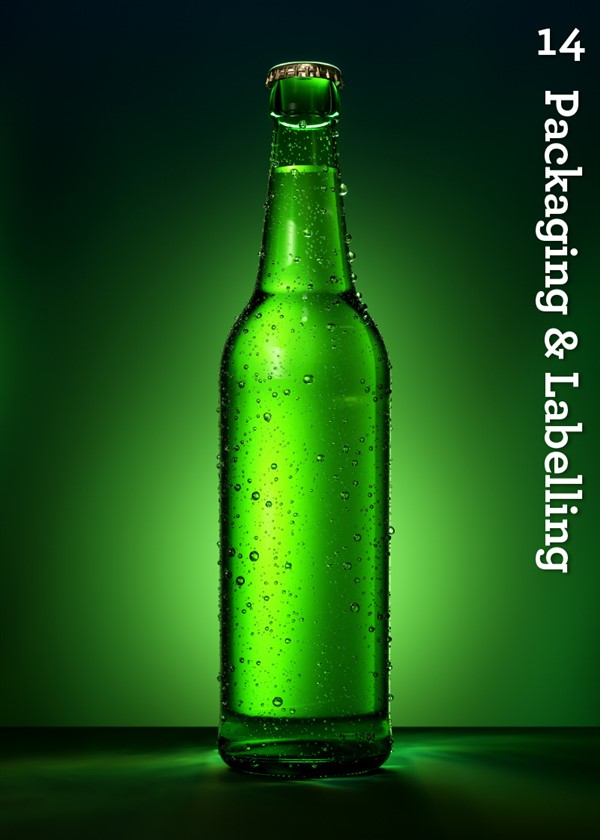Constant changes in the requirements for packaging, labelling and dangerous goods means exporters need to keep up with any new legislation, both locally and internationally.
By integrating these packaging requirements with good design, you achieve both functionality and reduced compliance costs for you and your customer.
There are a number of ways in which to optimise your packaging so that it stands out and, at the same time, meets the applicable regulatory standard(s).
Packaging design
There are two important considerations in packaging design: safe shipping, handling and labelling, plus visual appeal for sale display (where appropriate).
While visual appeal is important, don’t overlook any legal requirements that may constrain layout, design, fonts, colour and mandatory warning statements when packaging and labelling, particularly hazardous substances.
Goods that are transported as dangerous goods have special packaging requirements. There is a minimum package strength required for all hazardous substances.
You can either use packaging design specialists or obtain assistance from major packaging companies.
Many companies employ graphic artists and offer computer aided design (CAD) services to work out freight economies and configurations for pallets and containers. They can create working models of packs for you to test both as part of your market research and on your packing floor.
The same pack design, size, shape, and colour will not necessarily work in every country. Some countries may need labelling in the local language, whereas in others, English may be fine. When using English, however, make sure words do not have another meaning in the local language and that a literal translation has no negative connotations.
The most effective way of finding out what design will work best in your target market is to test it on people belonging to the nation you are targeting, preferably within the target country. There are also market research agencies in New Zealand that can conduct tests more cost-effectively on foreign nationals in New Zealand.
Colour, shape or even numbers can have an adverse effect on sales in certain countries. The following examples illustrate the problems exporters may encounter.
Black or grey is associated with death and mourning in Hong Kong. Red has negative political connotations in some countries but positive connotations in others. Religious symbols or shapes may offend.
Find out how New Zealand is perceived in your target market and with reference to your product area before you make ‘country of origin’ a prominent pack design feature.
Ireland, Britain, Canada and Australia, for example, run campaigns encouraging consumers to ‘buy local’.
This is an extract of the chapter. You can buy a print copy of the handbook here or a digital copy here

